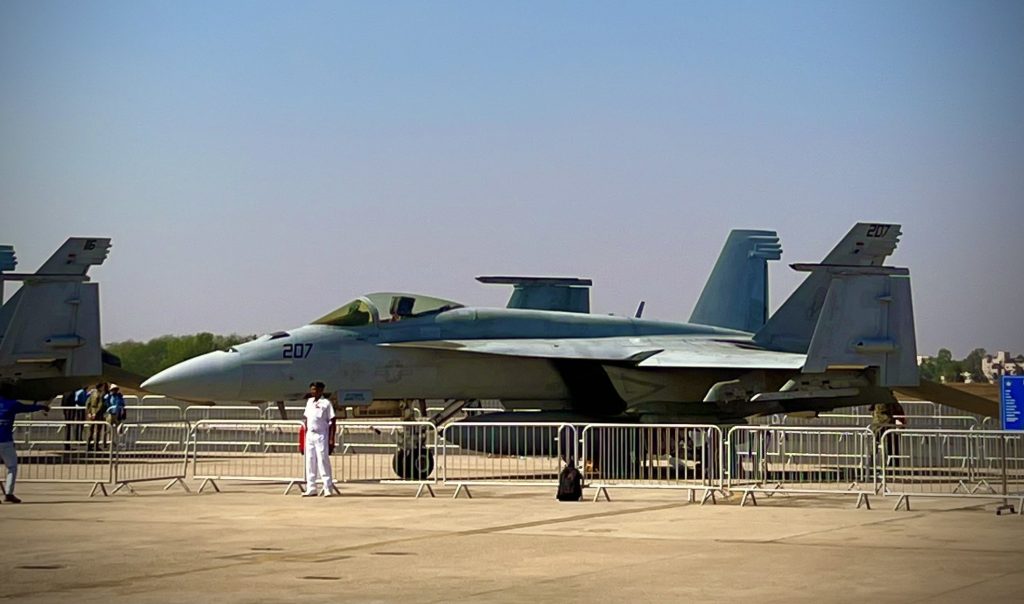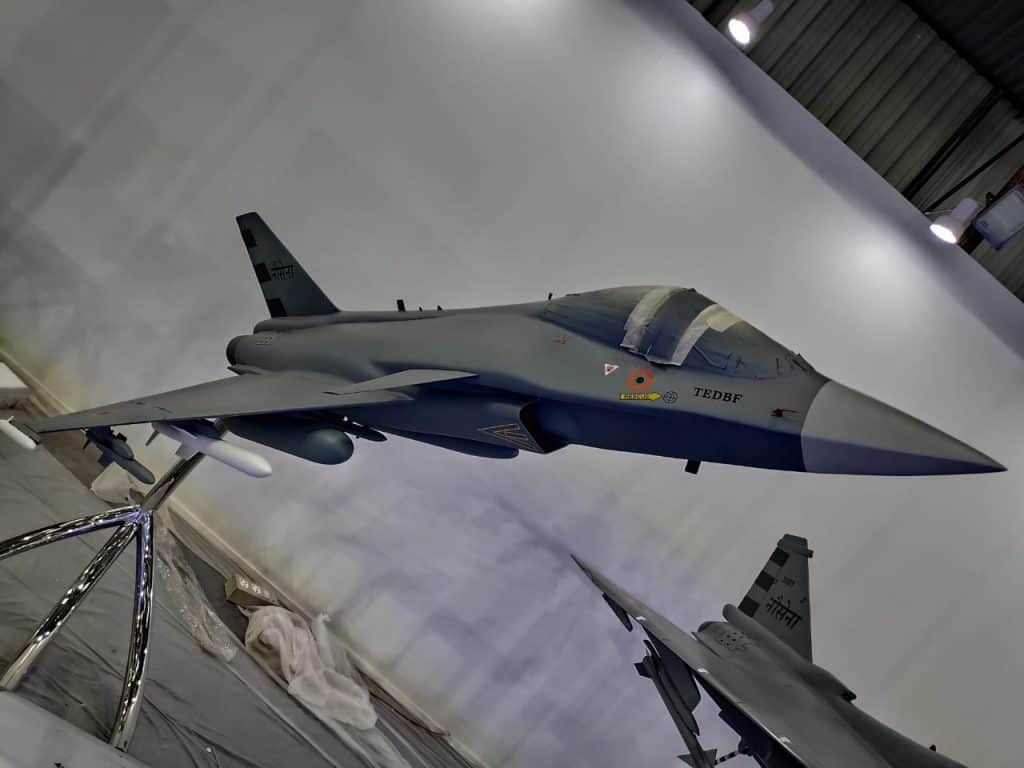
French firm Dassault Aviation is gathering big momentum towards an Indian Navy contract for 26 Rafale-M naval fighters intended for operations off the deck of India’s new aicraft carrier INS Vikrant. Livefist can confirm that the Indian Navy has formally indicated to the Indian Ministry of Defence that the Rafale meets more of its requirements than the only other contender in the fray, Boeing’s F/A-18 Super Hornet. While Indian defence contracting has been notorious for the distance — and pitfalls — between contest win and contract award, top Indian Navy sources said that the Rafale “has this one”.
The Rafale moves into pole position a year after the two competing aircraft went through weeks of field tests at the Indian Navy’s shore-based test facility in Goa. You can read about the Rafale’s trials here and the Super Hornet’s here.
No formal comment was available from either airframer, but officials at both confirmed to Livefist that while there had been no communication from the Indian Navy or MoD yet, they had heard about the development. Formal next steps could happen this year.
A contract award would make the Indian Navy the first export customer of the naval carrier-based Rafale-M, having already exported the air force variant to a slew of countries including Egypt, Qatar, Greece and India. The Indian Air Force’s 36 Rafale jets, populating two squadrons, arrived in India between 2020-2022. The same variant is a contender in the Indian Air Force’s multirole fighter aircraft (MRFA) contest that seeks to buy and build 114 fighters, a replay of the collapsed M-MRCA tender at the tail end of which the Rafale won out against a slew of competitors, including the F/A-18 Super Hornet, Eurofighter Typhoon, F-16 Super Viper, Gripen NG and MiG-35. This time the Rafale prospectively goes up against the same stack of jets, with the addition of two — the Russian Su-35 and Boeing’s F-15 Eagle II.

In the last two years, Boeing has crafted its India strategy, pointing the F/A-18 towards the Indian Navy and the F-15EX at the Indian Air Force. You can read about that in our detailed piece here and watch our video interaction with the company’s then fighter programs head here:
Indications of the Super Hornet being edged out by the Rafale come after years of headwinds where both competing aircraft have fought to prove compatibility with the Indian Navy’s aircraft carriers. It appears that by the end, the Rafale merely proved to be more compatible than the F/A-18, though the finer details of the analysis are unclear.
INS Vikrant, the Indian Navy’s first indigenously built aircraft carrier, entered service last September and recently began its crucial aviation tests months ahead of schedule with landing/take-off cycles of the homegrown LCA Navy and staple carrier-based fighter MiG-29K. You can read about that milestone here. The Indian Navy formally sidestepped the LCA Navy as a fully operational carrier fighter a few years ago, choosing to task it with tech demonstrator duties towards a purpose-built naval fleet defence fighter. That future product is the TEDBF (twin-engine deck based fighter) which is all set for Cabinet-level project sanction from the Indian government this year. Reports suggest the Indian Navy is looking to support a campaign for 100 of these jets when proven and ready.

If Dassault Aviation manages to close the deal at hand for 26 Rafales, it’ll be a ‘stopgap’ acquisition to give the Indian Navy carrier-based jets to bridge the gap until the TEDBF comes online in the next decade. The first flight of the TEDBF could be as early as 2026 according to reports emerging from the ongoing Aero India show.
The Indian Navy has been clear for years that it doesn’t want more MiG-29K, a jet necessitated by the acquisition of the Admiral Gorshkov aircraft carrier (now INS Vikramaditya). Availability, performance and maintenance issues are understood to have variously compelled the Indian Navy to put a hard stop to any further considerations of the type, despite the substantial sunk cost in infrastructure.

In November 2020, a young naval pilot Lt Cdr Nishant Singh perished in a crash involving a twin-seat MiG-29KUB trainer. While the second pilot managed to eject, Nishant wasn’t able to. This year, Nishant was decorated with a posthumous Nao Sena Medal for gallantry. The citation read, “He displayed extraordinary courage and leadership by initiating command ejection at 502 feet AMSL and saving the trainee while losing his life instantaneously as the aircraft crashed into water prior his ejection.”
You can watch a detailed interaction on naval aviation safety with one of India’s most well regarded veteran aviators here:
